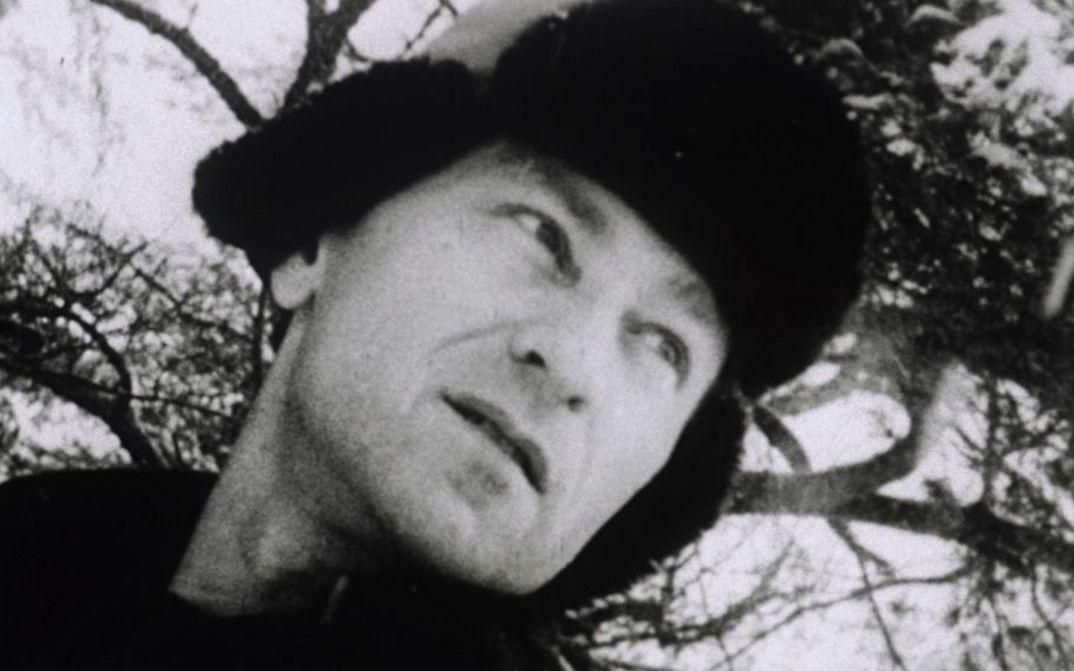Lost Lost Lost

Sat 21.01.
12:30
Director
Jonas Mekas
USA / 1978
180 min.
/ DCP
/ Original version
Program
Cold and New Wars
Cinema
Arsenal 1
zu den Ticketszu dem KalenderIntroduction: Pip Chodorov (Filmmaker)
Living as a displaced person, Mekas was haunted by his memories of Lithuania. In his journals and in the spoken and written text of LOST LOST LOST, he speaks of his loneliness during his first years in America, and of the exiled Lithuanian community’s empty hopes of a return to their homeland. In the otherwise industrial environment of New York, Mekas’ insistence on filming natural subjects like flowers and trees and snow were a way of relocating the rural Lithuania of his childhood. The seeming randomness and improvisatory nature of his shots are in fact carefully reconstructed and linked together by memory. As Scott Nygren notes, these images are “filled with significance through memory, through what is absent from the screen.”
The film is divided into two parts: the first concerns life in the Lithuanian immigrant community of Williamsburg. Though Mekas sympathises with them, he grows increasingly disenchanted with their hopes to return to Lithuania. By the end of part one, he leaves the community in Williamsburg. The second part chronicles Mekas’ move to Manhattan and his integration into the independent film and art scenes of New York, and his gradual establishment of roots in Manhattan where he soon after co-founded Anthology Film Archives, The Film-Makers’ Cooperative, and the journal Film Culture. He is drawn to the bravery of people who insist on being heard: the protesters, pamphleteers and underground artist hailing a “New America”. Embedded in the images of LOST LOST LOST, there is also the story of a maturing filmmaker, who, in the beginning, poses awkwardly for test shots and uses a tripod for portraits in black and white. By the end, Mekas has begun to perfect his technique: It is as if Mekas’ camera loosens. We see momentary bursts of single frames, the rapid and blurry motion of his camera interrupted by startling detail of the wildflowers in the grass. This is the first instance of what would become recognisable as Mekas’ signature style.